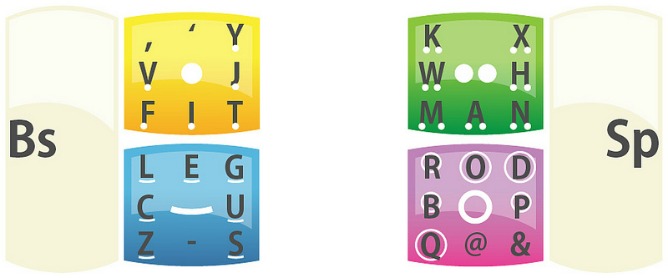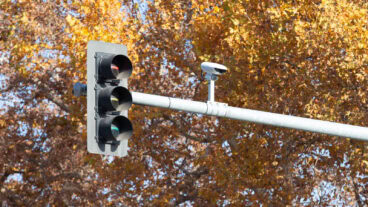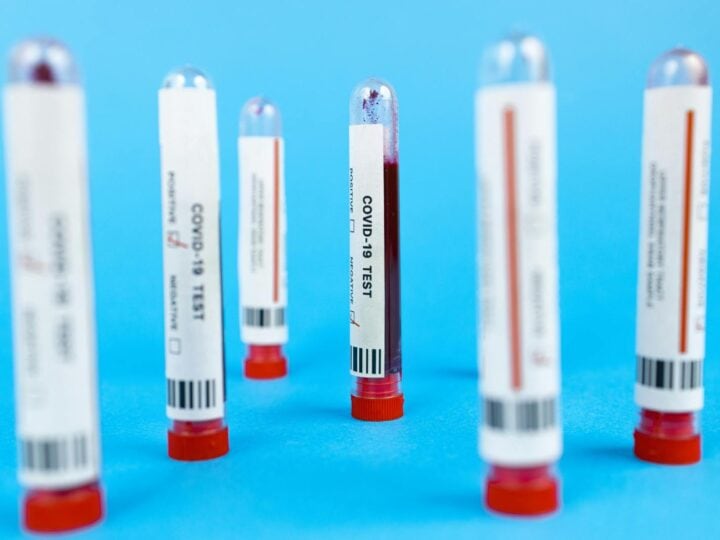It’s always easy to see who chose typing class at high school when watching grownups in the boardroom. Those who didn’t learn how to type properly stumble over laptop keyboards with two fingers or thumbs.
Today’s smart phones have made most of us just as awkward whether we learned QWERTY or not. Our fingers feel like big fat sausages as we aim for the tiny letters. Could there be another way?
An Israeli company called SnapKeys has introduced an invisible keyboard that is based on letter shapes rather than frequency of letter use, frees up screen space and lets a smart phone user communicate better.
Unlike the latest laser-based keyboards or hand-movement controlled keyboards, the SnapKeys system is a whole new way of using the alphabet to type.
“We are not providing a keyboard,” says Dan Saban, the general manager of SnapKeys. “We are providing a user experience for reading and writing text on the mobile platform. We want to remove the keyboard from the screen to manipulate the content. We want to take the keyboard away so people can edit texts and feel they have a free mobile experience.”
Back to the drawing board
This new approach is based on primary shapes. Saban tells ISRAEL21c: “Kids learn shapes when they go to school, when they draw and learn the fundamental characteristics of the alphabet.
“We went back to that whole process in the development — in our ability to communicate with shapes. It’s easier for people to know where shapes are and identify their characters. People do need to relearn what they’ve already learned, but in a more visual way.”
Learning how to use the new SnapKeys keyboard, which could be available for download on Android by the end of the year, takes a few hours to a couple of days. A tutorial guides the learning process, and the accompanying software highlights letters that can be tapped with your thumbs as you hold the small screen.
Once the letter groups are learned, the visuals can be removed and a smart phone user can enjoy typing on the screen without any keyboard taking up valuable space.
Independent studies done by the company found that people who learn how to use it will actually type faster on a touch phone than those who use the QWERTY keyboard.
Saban agrees that users may be wary of switching from the keyboard they know to a new system based on letter shapes, but he compares it to the days when cars came to replace horses.
“We actually give something in return. Horses and carts were convenient, and motor cars were noisy and clunky, but now people realize value in the motor car and we believe that in using SnapKeys people will see significant value too,” says Saban.
And relearning all that you know on the keyboard isn’t all that hard — a snap really, says Saban.
Trials start in Europe
The technology has not yet been released to the public, but some selected smart phone users have been trying it over the last few months so the company can get constructive feedback on how to move ahead. SnapKeys is about to start a trial with two mobile carriers in Europe, engaging tens of thousands of users.
“We are taking a very conservative approach,” says Saban. “We’ve done a lot of private trials, with mixed feedback… we are confident that the product will do well out there because the technology is a very broad one, covering a wide spectrum, for keyboards on a phone, computers, copy machines. There are many opportunities to apply this new paradigm to different types of technology.”
And if you think you are getting only a shortened version of the keyboard you already know, Saban explains that the SnapKeys keyboard is actually a full keyboard that can be customized depending on how many features and characters you need outside numbers and the alphabet.
It is also being developed in other languages including Chinese and Korean.
SnapKeys, established in 2008, is based in Jerusalem and employs 15 people. It has a sales office in New York and has seen significant angel and private investor financing. An additional $3 million is currently sought for business development and technical support.
















